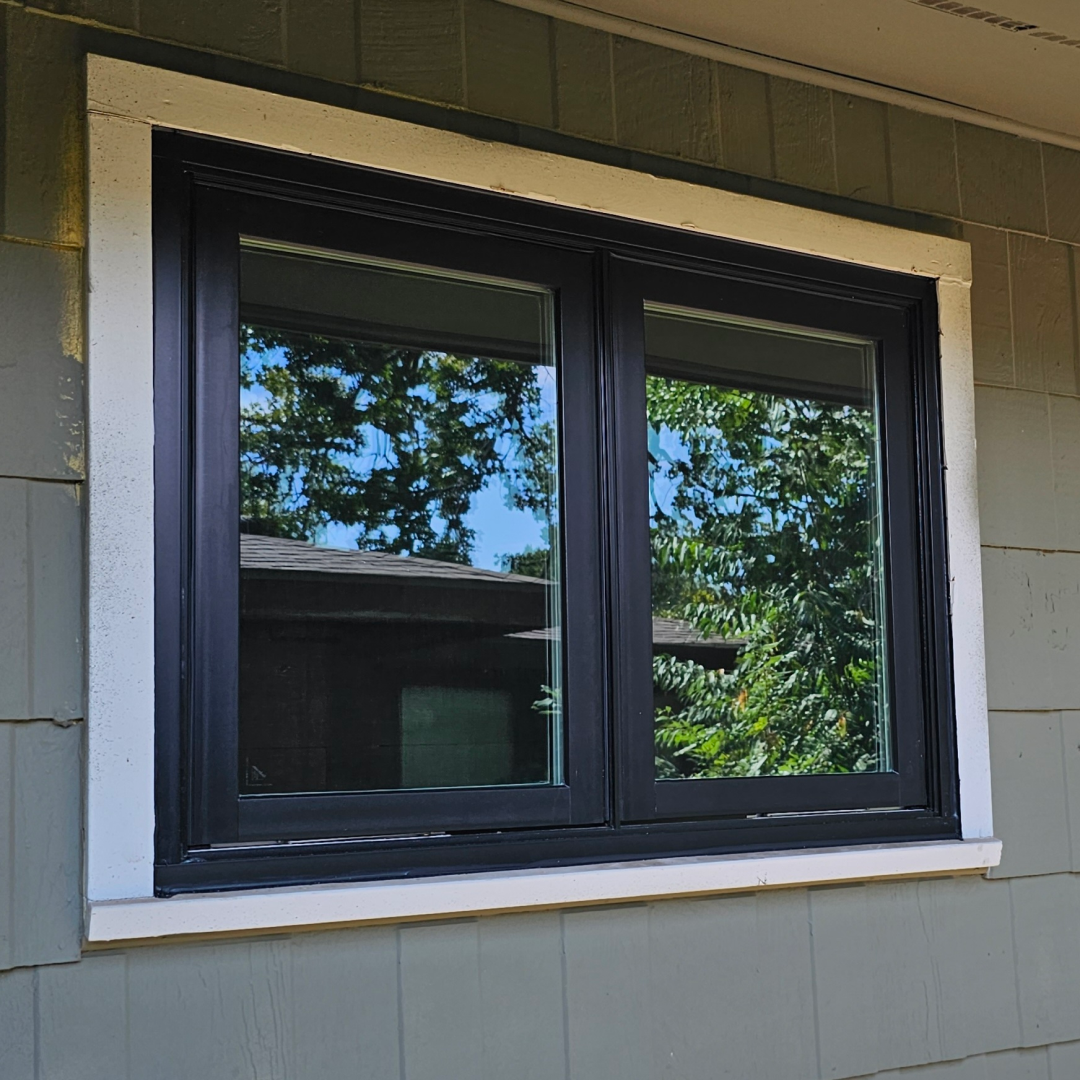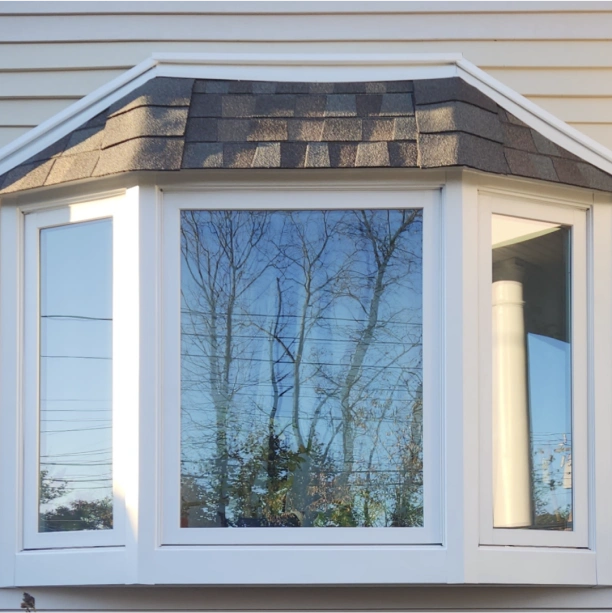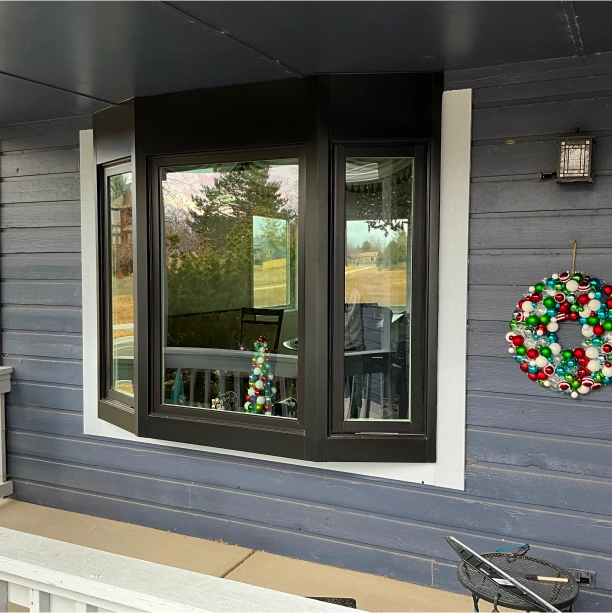Windows are integral to your home's comfort, energy efficiency, and aesthetic appeal. Over time, windows (especially low-quality windows) can deteriorate, leading to various issues that may affect your daily life. Recognizing the signs that indicate it's time for a window replacement can help maintain your home's integrity and value.
Signs You Need New Windows
Identifying the need for new windows involves observing both the physical condition of your windows and the impact they have on your home's environment.
1. Drafts and Air Leaks
If you notice a breeze when your windows are closed, it's a clear indication of air infiltration. This issue often arises from failing seals or poor installation, leading to increased energy consumption as your heating and cooling systems work harder to maintain indoor temperatures. Addressing drafts promptly can enhance comfort and reduce utility bills.
2. Difficulty Operating Windows
Windows that are challenging to open or close may have warped frames, balance issues, or accumulated debris in the tracks. Regular maintenance can alleviate some of these problems, but persistent operational difficulties often signal the need for replacement to ensure safety and functionality.
3. Condensation Between Panes
Fogging or moisture trapped between double or triple-pane windows suggests a broken seal. This not only obstructs your view but also diminishes the window's insulating properties, making your home less energy-efficient. Replacing windows with failed seals can restore clarity and performance.
4. Excessive Noise
Inadequate sound insulation from older or single-pane windows can result in unwanted external noise infiltrating your home. Upgrading to modern, double or triple-pane windows with insulating frames can significantly reduce noise pollution, creating a more peaceful indoor environment.
5. Visible Damage or Decay
Physical signs such as cracked glass, rotting wood, or warped frames compromise both the appearance and functionality of your windows. These issues can lead to further structural problems if not addressed promptly. Replacing damaged windows helps preserve your home's structural integrity and curb appeal.
6. Increased Energy Bills
A noticeable rise in heating and cooling costs may be attributed to inefficient windows allowing air exchange between the interior and exterior. Energy-efficient window replacements can provide better insulation, leading to substantial savings on energy bills over time.
7. Outdated Appearance
Windows that no longer match your home's aesthetic or show signs of aging can detract from its overall appeal. Modern window designs offer improved functionality and can enhance both the interior and exterior appearance of your home.

When to Replace Your Windows
Timing your window replacement can influence the project's efficiency and cost-effectiveness.
- Age of Windows: Windows over 15-20 years old are likely to exhibit wear that affects performance. Regular assessments can help determine if replacement is necessary.
- Home Renovations: When considering Home Renovations, windows should be the focal point that ties-in the inside and outside look of your home. Every other renovation should follow a window replacement project.
- Seasonal Considerations: Spring and fall offer milder weather, which is ideal for window installation. However, professional installers can perform replacements year-round with appropriate precautions.

Additional Tips for Window Maintenance
Regular maintenance can extend the lifespan of your windows and enhance their performance.
1. Regular Cleaning
Clean windows not only look better but also function more effectively. Use a mild detergent and water to clean the glass and frames, avoiding abrasive materials that can scratch surfaces. Regular cleaning prevents the buildup of dirt and grime that can impede operation.
2. Inspect Weatherstripping for Signs of Wear
Weatherstripping helps seal gaps around your windows to prevent air leaks, but excessive wear may indicate a larger issue. If you notice significant damage or deterioration, it could be a sign of a more serious window failure. In such cases, evaluating the overall condition of your windows and considering replacement may be the best long-term solution for maintaining energy efficiency.
3. Check Moving Parts
Regularly inspect hinges, tracks, and other moving components to ensure smooth window operation. If windows become difficult to open or close, it may indicate underlying issues that need attention. In some cases, persistent operational problems could signal the need for window replacement to restore functionality and efficiency.
4. Check for Moisture Damage
Look for signs of moisture damage, such as peeling paint, discoloration, or soft spots in wooden frames. Early detection allows for repairs before extensive damage occurs.
5. Enhance UV Protection and Energy Efficiency
While window treatments like thermal curtains or UV-protective films can help with insulation, they only address the symptoms of inefficient windows. Upgrading to high-performance, Low-E4® SmartSun™ glass can block up to 95% of UV rays, helping to protect your floors and furniture from fading while improving energy efficiency and indoor comfort.
Recognizing the signs that indicate the need for window replacement and performing regular maintenance are essential steps in preserving your home's comfort, energy efficiency, and aesthetic appeal. By staying attentive to your windows' condition and addressing issues promptly, you can ensure a safe and pleasant living environment.

